03/03/2016 12:00 AM
There are many different types of flower pots or planters and for different gardens or landscape designs there are many different styles to suit. The material that the planters are made from often denotes the style as many manufacturers choose to produce from sheet material, like wood or metal which in turn sets the limitations for shape. Let’s have a look at some of the choices on offer and examine the benefits and disadvantages they present.
Wood
Wooden planters are usually associated with the more traditional gardens and house colourful flowers, beautifully maintained. They are the kind of planters that you would see in a true gardener’s garden, someone who spends their weekends plucking weeds and trimming edges, a natural material for a natural gardener.
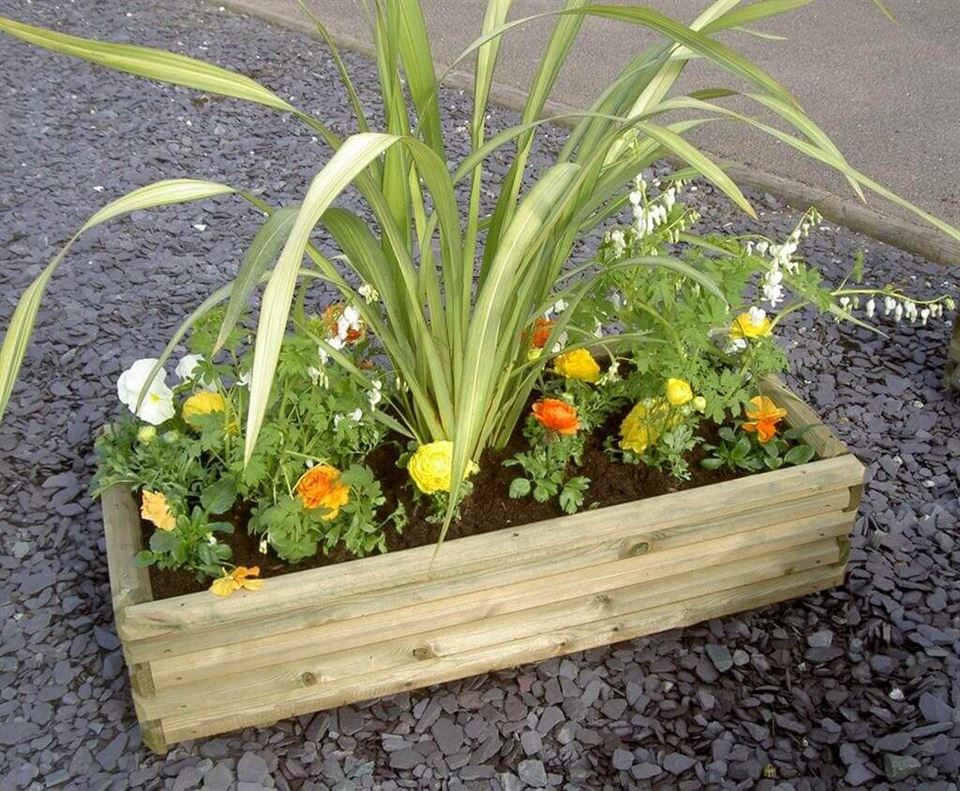
The other style is the classic Versailles planter, which adorns the front doors of many a London dwelling. They are stylish and of a period, much like the houses they decorate. In this setting, they are more likely to have minimal planting and be in a more contemporary setting.
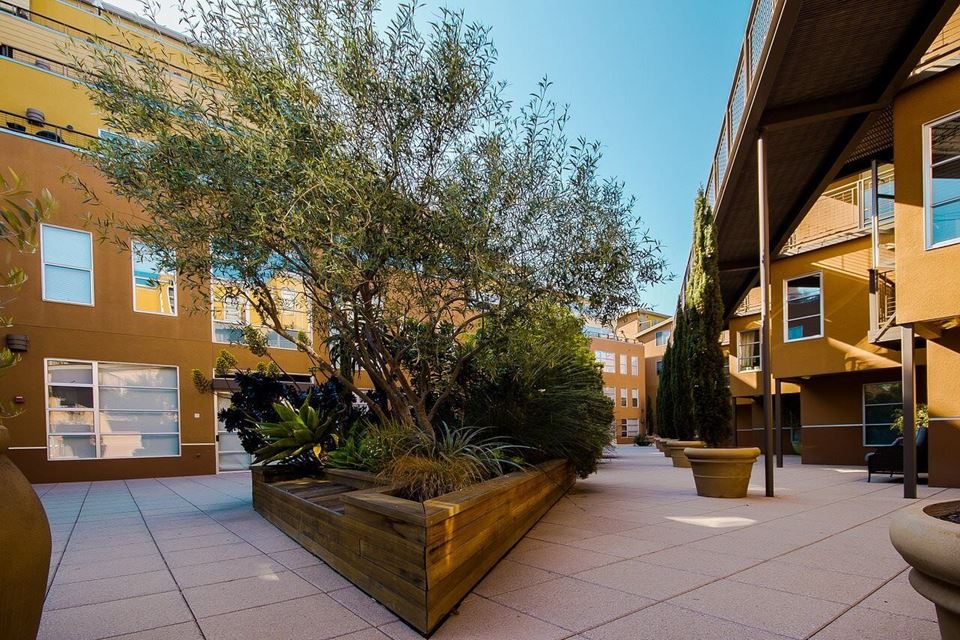
Wooden planters are generally constructed in the same ways, not so much from sheet material but planks or batons that link together with tongue and groove. The result is that you get a lined effect where the pieces meet. The image on the right shows a large raised bed constructed in wooden planks and gives a warm, natural feel.
Metal
Metal is the material of choice for many contemporary garden designers as the budgets they work with can give them the freedom to spend more on planters than most, and thus order custom sizes. The same can be said for wooden planters but the style is more contemporary with metal. Having such a versatile material as metal gives the option to fill a space with a custom shape, welded together by a craftsman from sheet steel or aluminium. This is not cheap, but it would be cheaper than commissioning a concrete or clay pot, as it would not need a mould or master making first.
Metal planters can be seen in many stylish garden designs all over the internet usually in box forms, tapered or straight sided and there is a plethora of workshops turning out your custom designs. The finish tends to be powder coated in coloured paint to protect the metal.
When ordering though be sure the material is corrosion proof; if they are only powder coated, not stainless, the slightest scratch will turn these expensive pieces to rust.
Concrete
Concrete is such a wonderful and versatile material and these days even ecological concrete can be sourced. It is the material that I choose to produce my planters from as it required little start up costs and is very fashionable at the moment. You can even have a go yourself at producing your own concrete planter.
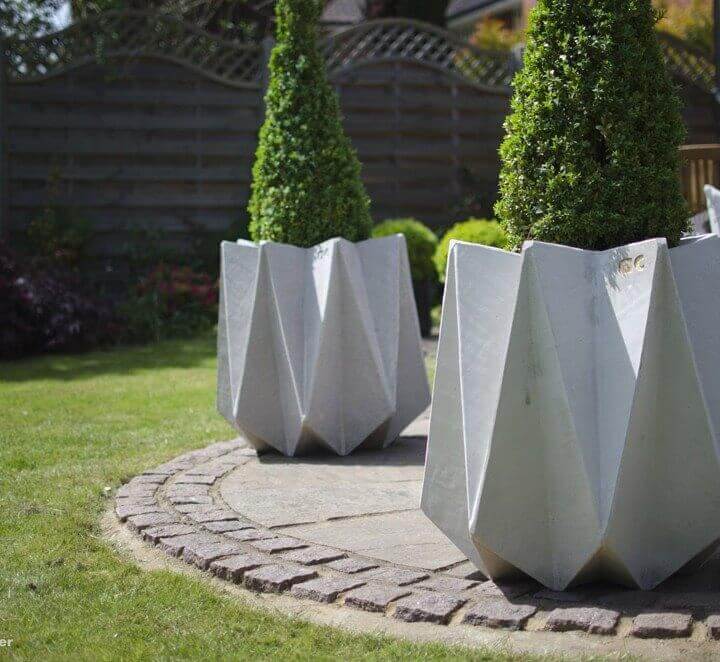
The cost of concrete planters varies tremendously depending on the size and quality. The cost will go up exponentially with size simply because of the economics of manufacture and transport.
With metal planters, we spoke about how easy it was to weld together a new shape but with concrete that welded shape would only be the mould, the pot would then need casting and then the hardest bit, moving it. The biggest planter in my range is 73 cm wide and comes in at 75kg so you can imagine how much it will cost to get from factory to destination.
Having said that much more complex shapes can be achieved with concrete. Many Etsy shops choose to make tiny flower pots from concrete and card moulds, it’s very easy in small scale, not so much in large.
Clay
With a material such as clay, you have all the freedom of concrete but also its unfired strength means you can create without a mould. I am sure many of you know how a clay pot is spun or constructed, but for those who do not the clay is placed in mud form onto a horizontal wheel and spun. As the clay spins, the artist is then able to shape it into a circular form ranging from small to enormous. This is the oldest planter manufacturing technique and has many different styles so it wouldn’t be fair to brand it as one, as it goes from cheap cottage flower pot to work of art in a London gallery for thousands of £,$,€.
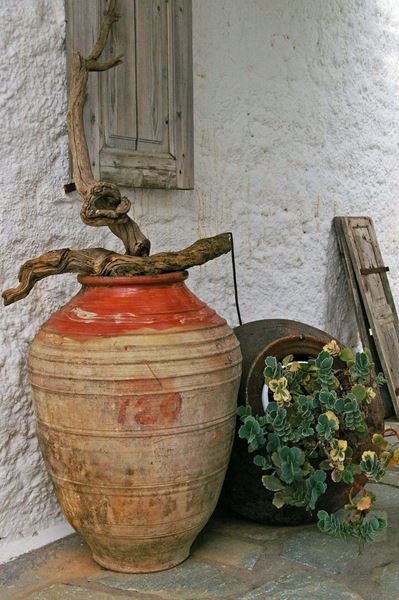
Again, like concrete the problem with it is weight and manoeuvrability. The other unique problem that clay suffers from is firing imperfections. Clay is known for trapping air and if a piece gets fired with air inside it then it will explode and the planter will be destroyed. You then lose all the hard work that was put into that planter, but also risk that the shrapnel will damage other pots on the same firing rack. When I was sourcing for clay production, I had to account for production of two for every one that I wanted, as the fail rate was 50%.
Clay, unlike concrete, is something that you will likely find custom producers of, so like wood and metal, you can have your own design but you will need mega bucks when you come to pay for it.
Fibreglass
Now we get on to the nastiest to work with, but most versatile material on offer. Fibreglass is a composite material that is a two part plastic resin combined with a glass fibre matt. The result is the flexibility and mouldability of a plastic liquid with the strength of fibreglass. The nastiness comes in the form of noxious fumes when mixing the chemicals and razors sharp edges from the fibreglass.
The material itself is probably the most expensive of this list and health and safety means facilities can push prices up, but you will find companies that work with it so having your own custom designs is not unrealistic. It can be easy to get a less than stylish look with this material as it is essentially plastic, albeit expensive plastic. What I dislike about it is that is feels cheap to the touch. Out of all the materials I have listed it doesn’t possess the tactility that the others do and its versatility means it has no determining features, you can tell wood, clay and concrete but not fibreglass.
So fibreglass planters sell themselves on the complexity of shape that can be achieved but also colour. If you want a bright colour in a certain shape then fibreglass might be the only way to go.
This is by no means an exhaustive list of materials but merely a quick overview of the options are out there. The best way to decide what planter is right for you is to get your nose down in some inspiration and see what tickles your fancy, I have loads of flower pots and planters on my blog that are there to inspire readers so if you need some then have a look.
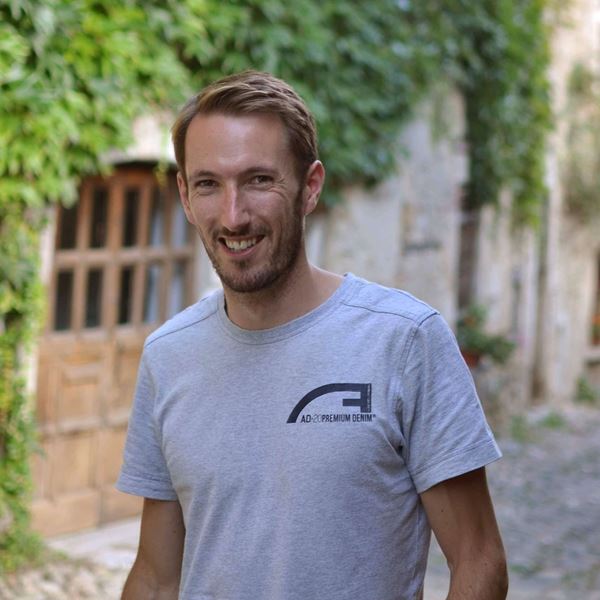
My name is Adam Christopher and I am a designer and producer of contemporary planters and flower pots. I blog on inspiration for garden design and flower pots on my site and have loads of inspiration for all but mainly along the modern contemporary angle..